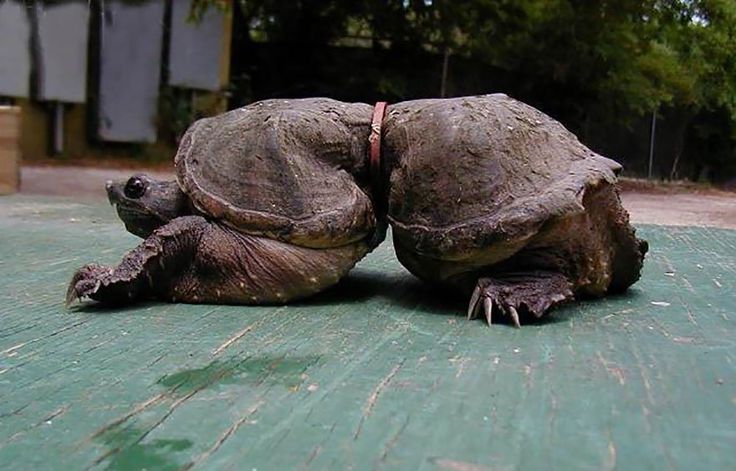The Goan coastline, marred with plastic debris, isn’t news and neither a rare phenomenon. But what’s making news and a major cause for concern is its impact on the State’s marine life. Do animals in general have the ability to distinguish debris from food or natural elements? What about marine animals? Are these creatures under threat due to exposure to these harmful elements?
The National institute of Oceanography (NIO) has recently released a paper titled ‘Characteristics, seasonal distribution and surface degradation features of microplastic pellets (MPPs) along the Goa Coast’. The scientists involved in the study are Mahua Saha, S. Veerasingam, V. Suneel, P. Vethamony, Andrea Carmelita Rodrigues, Sourav Bhattacharyya and B. G. Naik.
The study
The paper has studied the impact of plastic debris and microplastic pellets (MPPs) that get washed ashore during the monsoons on the Goan coast and estuaries. “Plastic coupled with accidental spills from vessels during their transport through shipping routes, is posing a bigger challenge to coastal environment,” revealed an excerpt from the report.
For this report the researchers and scientists had studied six beaches during the Northeast (NE) monsoon in January 2015 and the Southwest (SW) monsoon in June 2015. During their trips to these beaches they collected MPP samples. MPPs are spilled by ships while passing through the Goan waters.
Beaches studied under the research paper
North Goa
- Keri beach
- Vagator beach
- Calangute beach
South Goa
- Colva beach
- Mobor beach
- Galgibag beach
“A total of 3,000 MPPs were collected from six beaches along the Goa coast during January-June 2015. Overall, the occurrence of total MPPs on beaches along the Goa coast was found to be higher in June (1,655 pellets) than January (1,345 pellets). Significant variations were observed in abundance of MPPs on beaches during that period,” an excerpt from the paper was quoted in a report.
Plastic debris sources
The paper states that micro-plastic residue floating on the sea may be pushed on to the coast by the strong SW monsoon ocean currents. In estuarine areas the scientists and researchers did not find any MPPs, but did find plastic debris.
In the paper the source of MPPs in the ocean are credited to being from ships passing Goan waters through national shipping routes. This was primarily claimed because Goa does not have a land based MPPs manufacturing facility in the state.
Besides MPPs, a sizeable amount of plastic debris has been observed on the coastal regions of Goa which could not have come from any but terrestrial sources. Thus endangering the lives of some rare species of marine life. Let’s retrospect, ‘ Do we as humans have the right to endanger the lives of other species in such a manner?’ No! So together let us strive to keep our inheritance Clean and Green.


